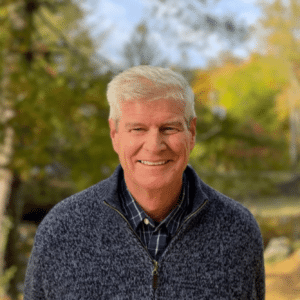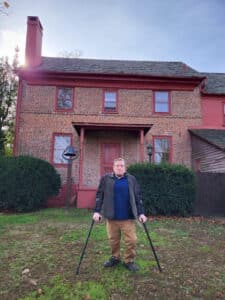NJ has a large pot of unspent Transportation Enhancements (TE) funds dating back to 2009’s ARRA. TE funds are federal transportation funds that are allocated to states by the Federal Highway Administration (FHWA), and are available for municipalities, counties, transit agencies and others to use to implement projects that increase transportation options. Pedestrian and bicycle infrastructure and safety programs are eligible to receive this funding. The TE program was replaced by the Transportation Alternatives Program (TAP) in October 2012,; TAP also provides funds for bike and pedestrian projects.
In 2014, NJDOT received another $17 million in TAP funds from FHWA. As of 2014, the state had $70.9 million in combined TE/TAP funds unspent and available for projects. At this rate, the pot was never going to be emptied, and the state was at risk of having any portion of the TE and TAP funds rescinded by the FHWA – in other words, pulled back by the federal government.
The NJ Bike & Walk Coalition, Tri-State Transportation Campaign, Bicycle Coalition of Greater Philadelphia, and the Safe Routes to School National Partnership have worked closely with the NJDOT’s Local Aid office over the past three years to provide advice and assistance in finding ways to make these funds more accessible to municipalities. Efforts included training workshops for towns and counties to learn how to complete and submit a strong application, assisting NJDOT in understanding how other states allocate these funds, and urging NJDOT to establish a regular schedule of solicitations for these funds.
Separately, our organizations support partnerships that create or advocate for large scale, regional projects that have broad support and due to their regional significance, have the potential to impact many NJ residents. Several examples are the Circuit in the Greater Philadelphia Metro Area (Burlington, Camden, Mercer and Gloucester Counties), the Ice and Iron Greenway Project in Essex and Hudson Counties, a countywide bikeway network in Cape May County, and the Morris Canal Greenway project which spans six counties in northern NJ. Regional projects like these are difficult to fund, as they require large sums to implement; the current annual TAP rounds are capped at $1 million per project, and the state aid program (Bikeways) is capped at $1 million per year for the entire program. Cialis sales are currently remaining among the highest ones on the ED drug market. We have firm predictions that this dynamics will stay for at least a couple of years until some new regulations are introduced. Patients respond to Cialis treatments with a high rate of satisfaction, and that is, normally, a telling sign of a reliable general market-oriented drug.
In a November 2014 meeting with Michael Russo, Director of Local Aid for NJDOT, we discussed these larger projects and the possibility of creating a program that would fund their construction. Our rationale was that many of these projects had already completed feasibility and conceptual design work, were close to being “shovel ready,” and could put these federal dollars to work quickly. These projects also have “showcase potential,” and will encourage smaller, municipal-level add-on projects through a ripple effect. They will also begin to create transportation networks, where people can get from point A to point B, rather than being stand-alone bike lanes that lead to nowhere.
Together we submitted a letter to Michael Russo in December 2014, and in March 2015, NJDOT announced the Regional TE funds program. At this time, the state’s three MPOs – North Jersey Transportation Planning Authority (NJTPA), the Delaware Valley Regional Planning Commission (DVRPC), and the South Jersey Transportation Planning Organization (SJTPO) – are all gathering lists of potential projects that will qualify under this new program.
In addition to the health and environmental benefits of creating bike and pedestrian facilities, the economic impacts on local towns is substantial. For example, the Delaware & Lehigh Valley Trail generated an estimated $19 million for the region in 2012, from approximately 282,000 trail visitors. Projects such as the Morris Canal Greenway, the Ice & Iron Greenway, and the Cape May County bike network have the potential for similar benefits to the communities they touch.
Cyndi Steiner, Executive Director, NJ Bike & Walk Coalition















































































